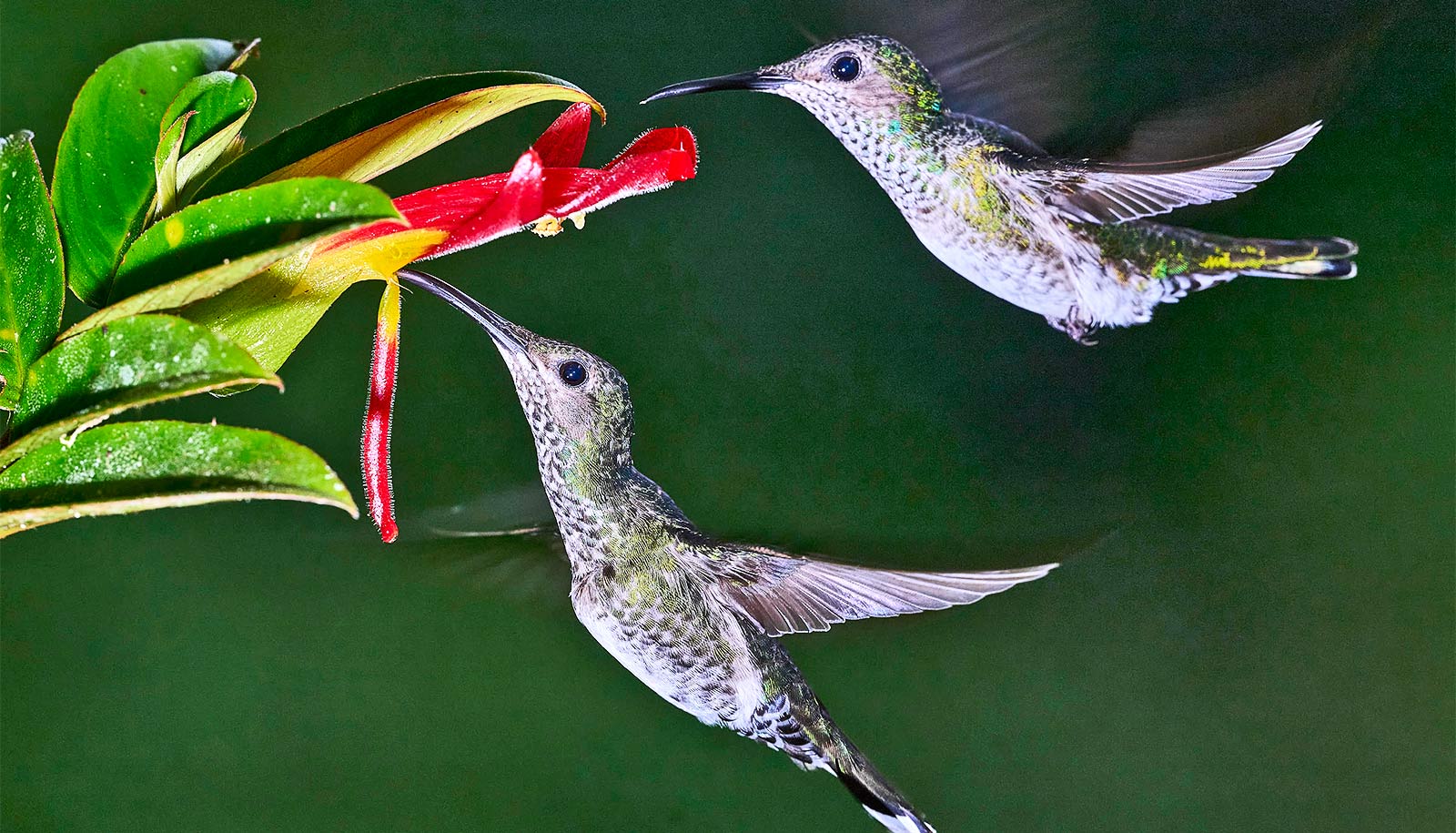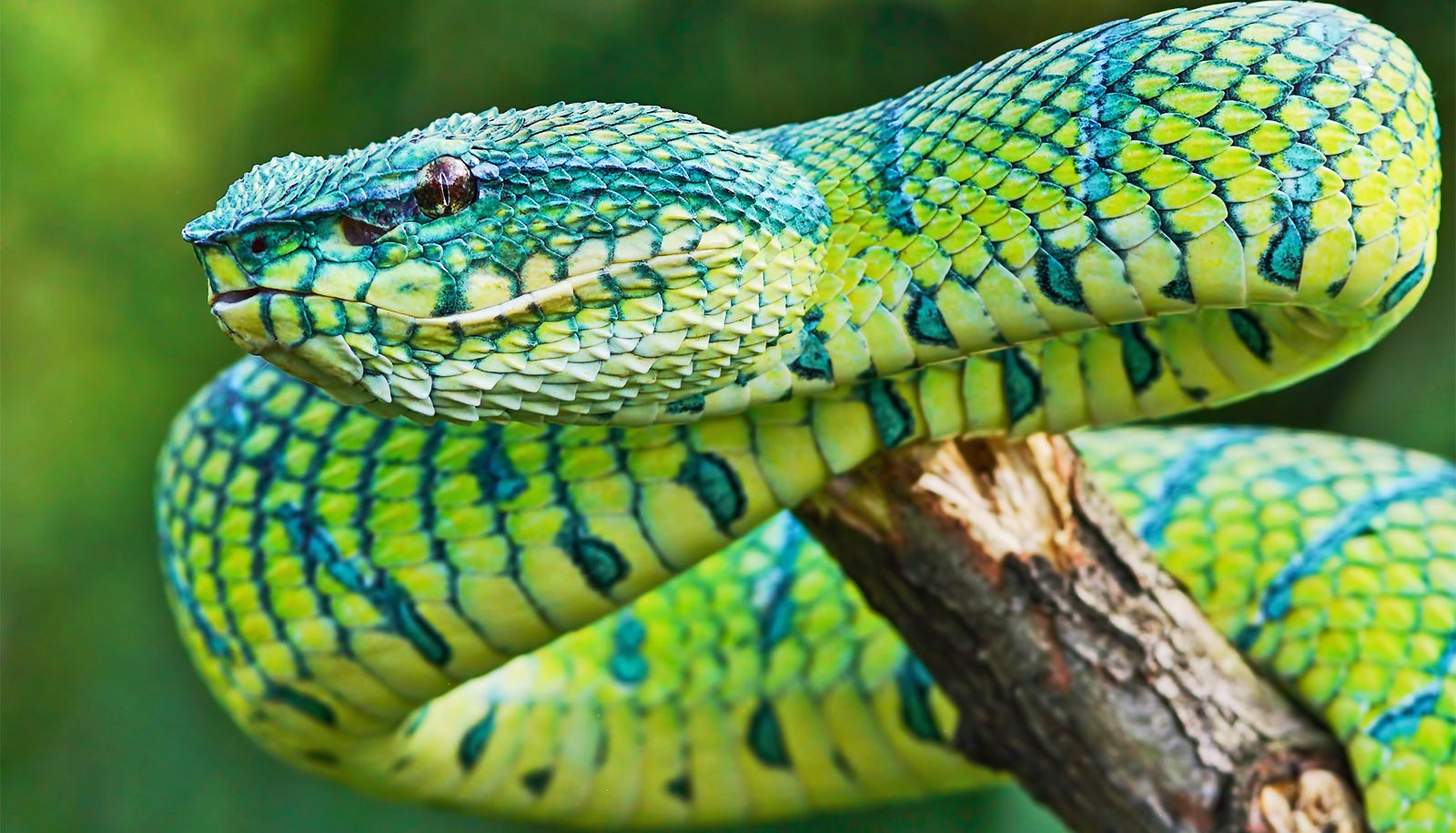Scientists have set a Guinness World Record for the smallest inkjet-printed color image. The picture, which features clown fish in a sea anemone, is as tiny as the cross-sectional area of a human hair.
The printed image measures a minuscule 0.0092 mm2 in area, or 80 µm x 115 µm. It’s invisible to the naked eye. To see it, the official witnesses had to use a special microscope.
To create the picture, the team used 3D NanoDrip printing technology, invented at ETH Zurich and now commercialized by the spin-off company Scrona. The picture’s real-life color quality is the result of quantum dots (QDs).
QDs are nanoparticles that emit light of a very specific color. By tuning their size, this color can be freely engineered, for example from orange to yellow. QDs are known to be very intense in their color appearance, a reason why they currently make a strong debut in flat panel displays.
[Tool lets beginners design and print walking robots]
To create the clown fish and their cozy sea anemone homes, layers of red, green, and blue quantum dots were printed at a resolution of 25’000 DPI—at an inter-pixel distance of 500 nanometers. To define the 24bit color space, the thickness of the deposited quantum dot layers had to be controlled with incredible sub-nanometer precision, at each pixel location.
Until now, even with cutting-edge semiconductor technology, it was not possible to handle these nanostructured materials with this level of accuracy. The achievement suggests new ways to use nanostructured materials in electronics and optics, particularly in the display sector.
Scrona is running a campaign on Kickstarter through January 9, 2016, offering micro-prints and miniature microscopes to view the images.
Source: ETH Zurich


